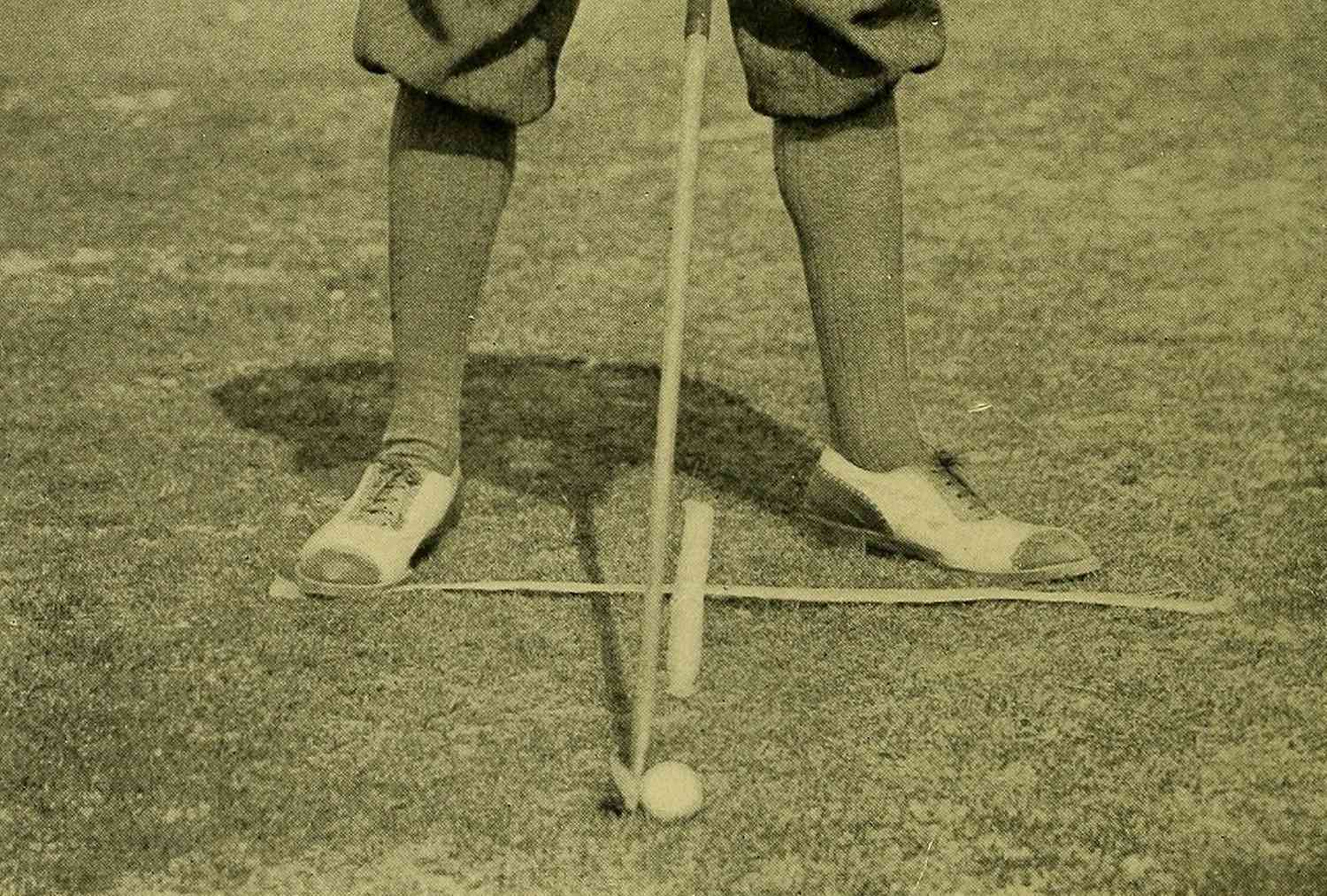Login
Lost your password?
Register
Already have a n account? Login
New client? Create an account
Continue As Guest
The Legacy of St. Andrews: Golf’s Spiritual Home
SHARE

The Legacy of St. Andrews: Golf’s Enduring Spiritual Home
In the ancient town of St. Andrews, Scotland, there is a certain quality to the air. It is not just the sea salt from the North Sea or the whisper of the wind across the fescue. It is the echo of six centuries of history, a feeling of reverence that permeates every stone wall and every blade of grass. For the global community of golfers, this is not just a place; it is a pilgrimage. It is the spiritual home of the game, a place where a sport’s rich traditions are not merely remembered, but are lived and breathed with every passing day. The legacy of St. Andrews is an unwritten contract, a promise that the game, in its purest form, will always be found on this hallowed ground. It is a legacy built not on a grand plan, but on the ebb and flow of nature, a testament to the fact that the most enduring truths are often the most simple ones. To walk these fairways is to walk through history, to feel a connection to every golfer who has come before you.
The Old Course is a living document of golf’s evolution, a natural links land that was not designed so much as it was discovered and refined over centuries. Its contours and undulations are a product of wind and sand, a wild and untamed beauty that stands in stark contrast to the manicured perfection of modern courses. To play here is to submit to the will of the land, to embrace its unpredictable bounces and its strategic challenges. It is a course that tests a golfer’s humility and creativity, demanding a different kind of precision than that of the modern game. This is a place where you are not just hitting a ball; you are playing a game of chess with the landscape itself. This enduring spirit of authenticity is the very essence of its legacy, an essence that cannot be replicated. It is a reminder that the purest forms of art and sport are born from a deep respect for their origins.
The Cradle of the Game: A History Etched in Turf
The history of golf at St. Andrews is a story that unfolds over hundreds of years. While the exact origins of the game are debated, there is no doubt that the Old Course served as its crucible. As early as the 15th century, golf was being played on this public land, with the links being a common ground for the town’s residents. The course was not built; it evolved organically, with players carving out a route over the natural dunes. The famous double greens, a unique feature of the Old Course, were not a design choice but a practical solution, allowing more players to share the limited space. For instance, the 2nd green is shared with the 16th, and the 5th green with the 13th. The course was originally 22 holes, until a decision in 1764 to combine some of the smaller holes led to the now universal standard of 18. This organic evolution gives the Old Course a unique, almost accidental beauty that is a core part of its charm. The official history of the Old Course is a testament to this incredible journey, a story of a place that shaped a sport for the entire world.
The course is owned by the people of the town and is open to the public, a truly democratic ideal that honors its working class origins. It is a symbol of a game that belongs to everyone, a place where professional legends and amateur enthusiasts walk the same hallowed ground. The history here is not just a series of events; it is a living, breathing presence felt in every single step. From the stone bridges to the ancient bunkers, every element tells a story. This respect for heritage and tradition is what makes St. Andrews more than just a course. It is a monument to the timeless appeal of the game, a place where the past and present are in constant, harmonious dialogue. It is a legacy that remains deeply rooted in its community, a reminder that the game’s greatest strength lies in its ability to connect people to a sense of place and shared history.
The Old Course: A Test of Character, Not Just Skill
To play the Old Course is to be humbled. Its fairways, though seemingly wide, are filled with strategic plateaus and subtle undulations that funnel a ball toward a particular set of challenges. The bunkers, most notably the menacing Hell Bunker on the 14th hole, are not merely hazards but deep, cavernous traps that demand a unique blend of skill and humility to escape. The wind, a constant and unpredictable force, dictates the strategy for every single shot. On the Old Course, it is not just about hitting it far and straight; it is about imagination, a deep understanding of the ground game, and the ability to adapt to ever changing conditions. It is a course that rewards a thoughtful, creative approach and punishes those who rely on brute force alone. The final holes, particularly the famous 17th or “Road Hole” and the 18th, are a test of nerve and precision that have sealed the fate of countless championships. The official guide to the Old Course reveals its many secrets, each one a testament to its legendary status.
The course’s character is not just found in its challenges, but in its ability to bring out the best in a golfer. It teaches patience, it demands respect for the land, and it rewards a deep understanding of the game’s subtleties. There is a sense of quiet authority to the course, an unspoken rule that you must play it as it lies, embracing its quirks and its natural flow. This philosophical approach to the game, where the player submits to the will of the course, is a powerful lesson. It is a reminder that in golf, as in life, control is an illusion, but adaptation and respect are what lead to lasting success. For the discerning golfer, this is the ultimate appeal of St. Andrews. It is a place that challenges you not just physically, but intellectually and emotionally as well.
The Unwritten Rules and Enduring Traditions
Beyond the course itself, St. Andrews is defined by its traditions. The most iconic of these is the walk across the Swilcan Bridge on the 18th hole, a timeless moment that marks a personal pilgrimage. Every great golfer who has ever played here has paused on this bridge, a moment of quiet reflection before completing their round. It is a tradition that connects a golfer to the legends of the game, a shared ritual that transcends generations. The shared camaraderie of the links, the respect for one another and for the game itself, is palpable. There are no golf carts here; the game is meant to be walked, a slow and deliberate pace that honors its heritage. The town itself, with its ancient university and its cobbled streets, is an integral part of the experience, a place where the history of the game feels woven into the very fabric of daily life. The R&A, which is located just behind the 1st tee, serves as the home of golf and is a guardian of its enduring traditions. The significance of the Swilcan Bridge is a testament to the game’s rich history.
This deep seated respect for tradition is not merely a formality; it is a way of life, a philosophy that informs every aspect of a golfer’s journey. It is a testament to the fact that the most meaningful experiences are often those that are rooted in shared history and a deep appreciation for the finer things in life. This is the very same ethos that guides our own approach to craftsmanship. Just as St. Andrews honors the game’s heritage, our products are designed with an uncompromising commitment to timeless elegance and enduring quality. The Aura Travel Bag, for instance, is not simply a piece of luggage; it is a protective sanctuary designed for a pilgrimage. It cradles your most cherished equipment with the same reverence you hold for the game, ensuring it arrives ready for a round of elegant play on a course that honors tradition above all else. Preparing for a journey to this spiritual home of golf is an act of respect, a choice to travel with a piece of gear that embodies the very same values as the course itself. It is a reflection of a life well played, where every detail matters.
Why is St. Andrews considered the spiritual home of golf?
St. Andrews is considered the spiritual home of golf because it is a place where the game was organically developed and refined over six centuries. It is the site of the world’s oldest golf course, the Old Course, which has shaped the modern game’s rules and universal 18 hole format. Its enduring traditions, public access, and unique links character make it a pilgrimage site that represents the authentic and timeless essence of the sport.
SHARE
More Readings about Kolf Maison and Golf
BY DESIGN
- All
- Global Fairways & Journeys
- Golf Academy
- Style & Legacy
- The Artisan's Craft
- The Edge of Performance
- The Kolf Maison Ethos
- Travel






































